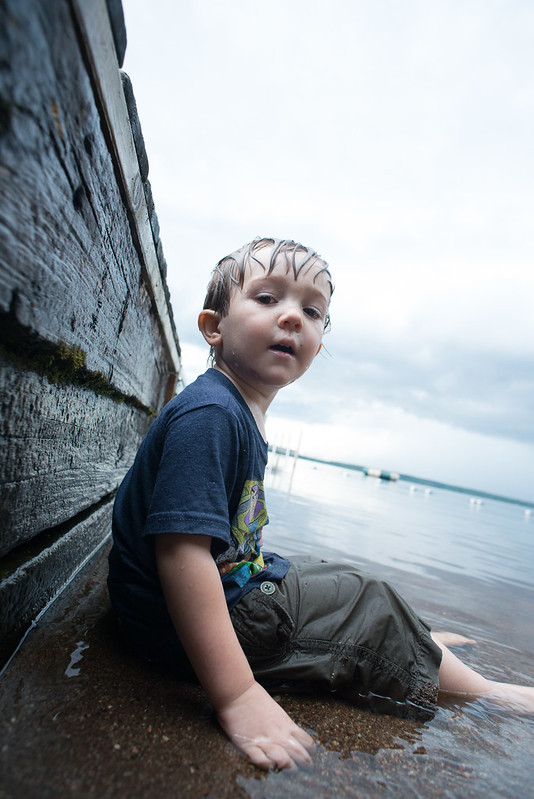 Originally posted by marcusBMG
Originally posted by marcusBMG 
It's worth pointing out that jpg's can benefit from post processing too
They can, raw just gives you more headroom to work in than the 8 bits jpeg leaves you with.
I recently tried to quickly described this to my jpeg-only neighbor like:
With raw, you can push the sliders farther in either direction before the image looks like crap  from raw, original, then with some PP
from raw, original, then with some PP 

I think it's a good idea when you're starting out to shoot raw + jpeg, and then if you like the jpeg learn what things to do in PP to get that look. While you're in the process of doing that, you'll start to find you can really take advantage of all the DR and sharpness when you shoot raw, and things like Noise Reduction really work better on raw files.
Some cameras do have very good jpeg engines these days, but raw is by far the way to go.
.


 Similar Threads
Similar Threads 


 it will stick going down now!
it will stick going down now!










 Post #4 by Steve.Ledger
Post #4 by Steve.Ledger








